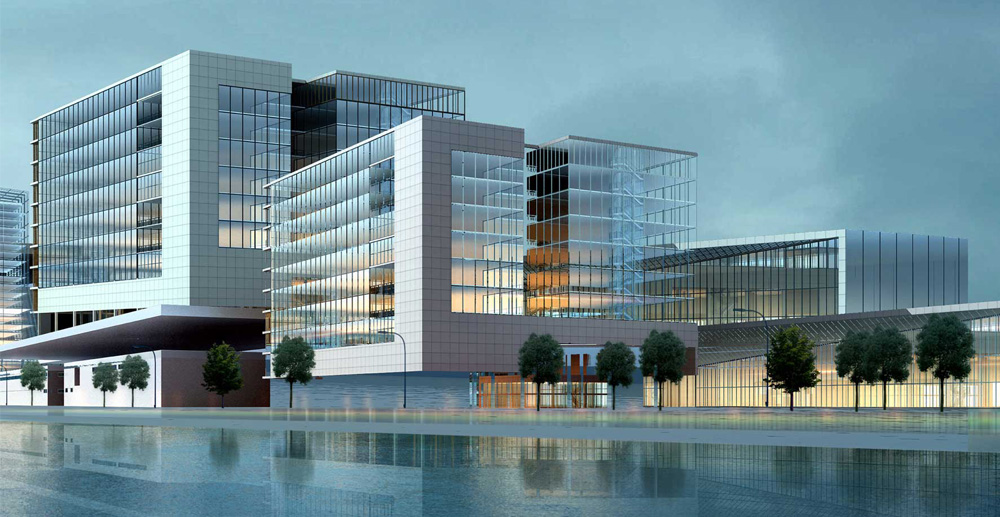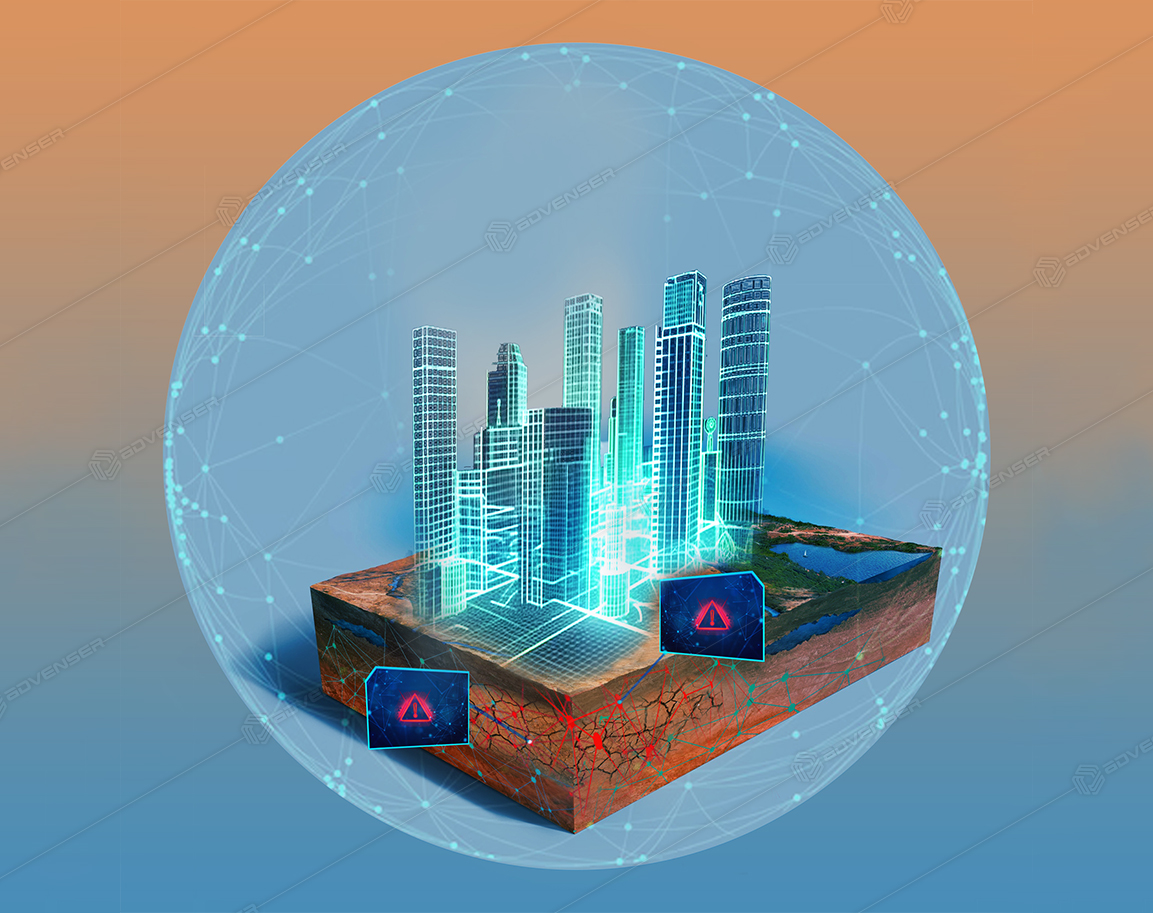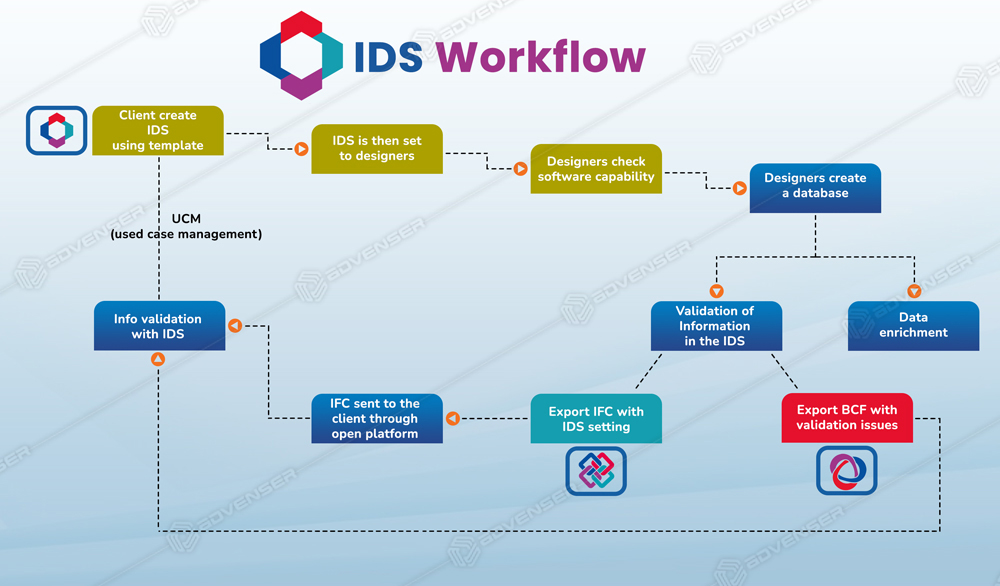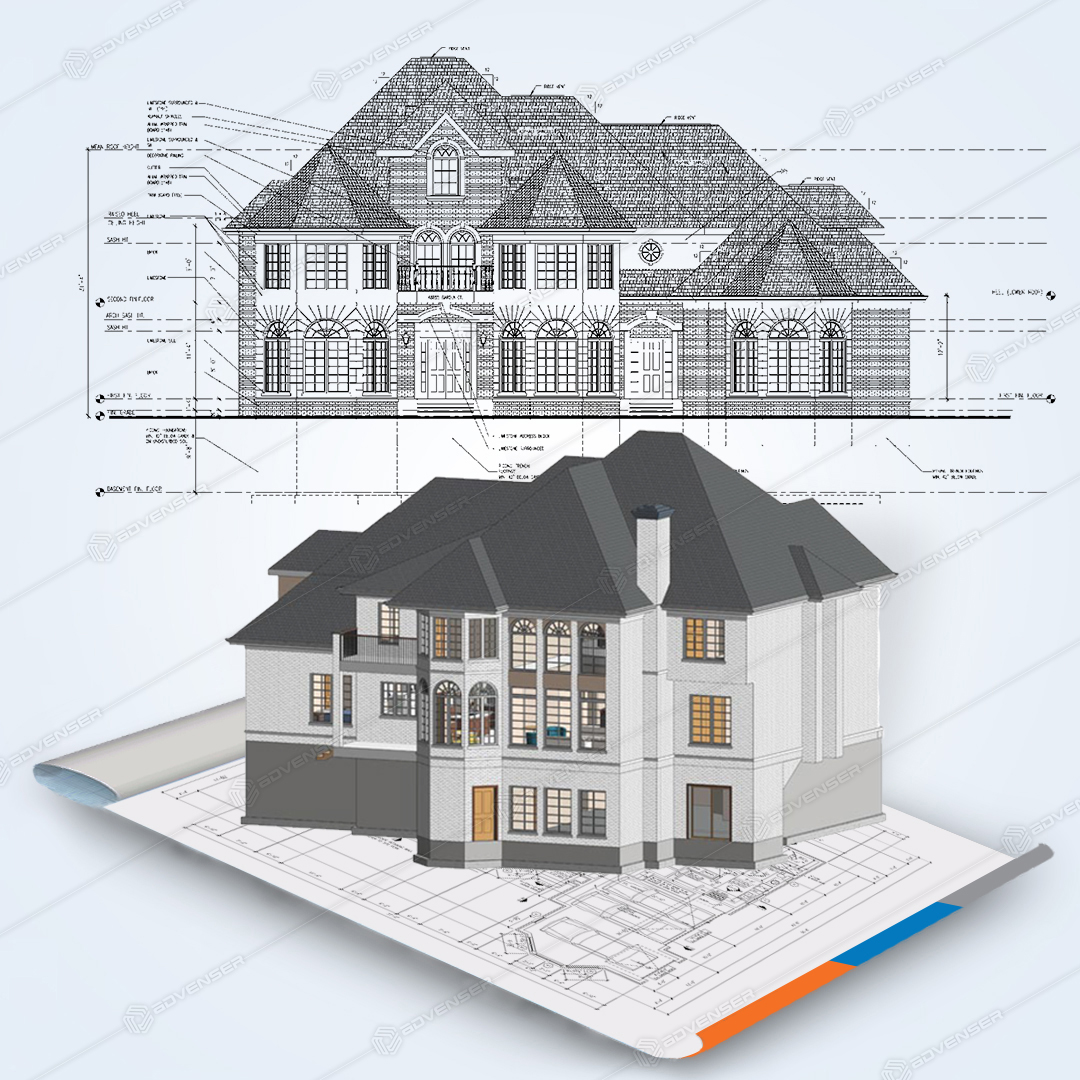
Building Information Modeling (BIM) is a powerful tool in the construction industry, as it streamlines and simplifies the ways projects are managed. BIM is a revolutionary technology that has been revolutionizing the construction industry. It is used in many areas including digital prefabrication. For decades, prefabricated buildings were built manually but as technology advances, more architects and construction projects are using Building Information Modeling (BIM) to design and produce efficient, beautiful structures. In this blog post, we’re exploring the impact that BIM is having on prefabrication today. So read on to learn more about utilizing BIM for digital prefabrication!
Understanding BIM and Prefabrication

Digital prefabrication is the process of designing, engineering, manufacturing, and transporting components for construction, then assembling them on-site. This approach allows contractors to reduce the amount of time to build a project because they can design and produce components off-site in a controlled environment. This method has evolved from the traditional “make it where you need it” approach to the “make it where it is needed” approach, which supports a more integrated and collaborative construction process. Digital prefabrication enables businesses to design and produce building components in a controlled environment, such as a factory. It also allows managers to monitor progress, track materials, and keep suppliers informed making it more efficient and cost-effective than traditional construction methods. Combining BIM with prefabrication allows for faster construction, higher quality materials, and greater accuracy during the construction process to digitally represent the design of each element. Meanwhile, prefabrication is a smart solution for the construction industry as it offers several advantages. With BIM, they can also integrate information from other project management applications to analyze potential impacts. Moreover, prefabrication enables AEC Industries to have bigger margins and produce products with greater precision. The incorporation of BIM into prefabrication will only make the prefabrication process more effective and beneficial.
BIM for digital prefabrication enables fabricators to plan components and analyze their feasibility before they apply them to the real world.
Benefits of digital prefabrication and BIM
Accuracy and quality:
Reduced construction costs:
Improved collaboration:
Improved project management:
BIM for digital prefabrication allows managers to track project elements, such as costs, timelines, and risks.
Improved scheduling:
Challenges of digital prefabrication and BIM
High costs: To implement digital prefabrication, businesses must invest in the necessary equipment, software, technical training, and resources — including those to design and monitor the production of components but the long-term benefits of prefabrication are worth it.
Limited flexibility: A digital model prevents engineers from being able to easily make changes or respond to challenges that may occur during the project.







